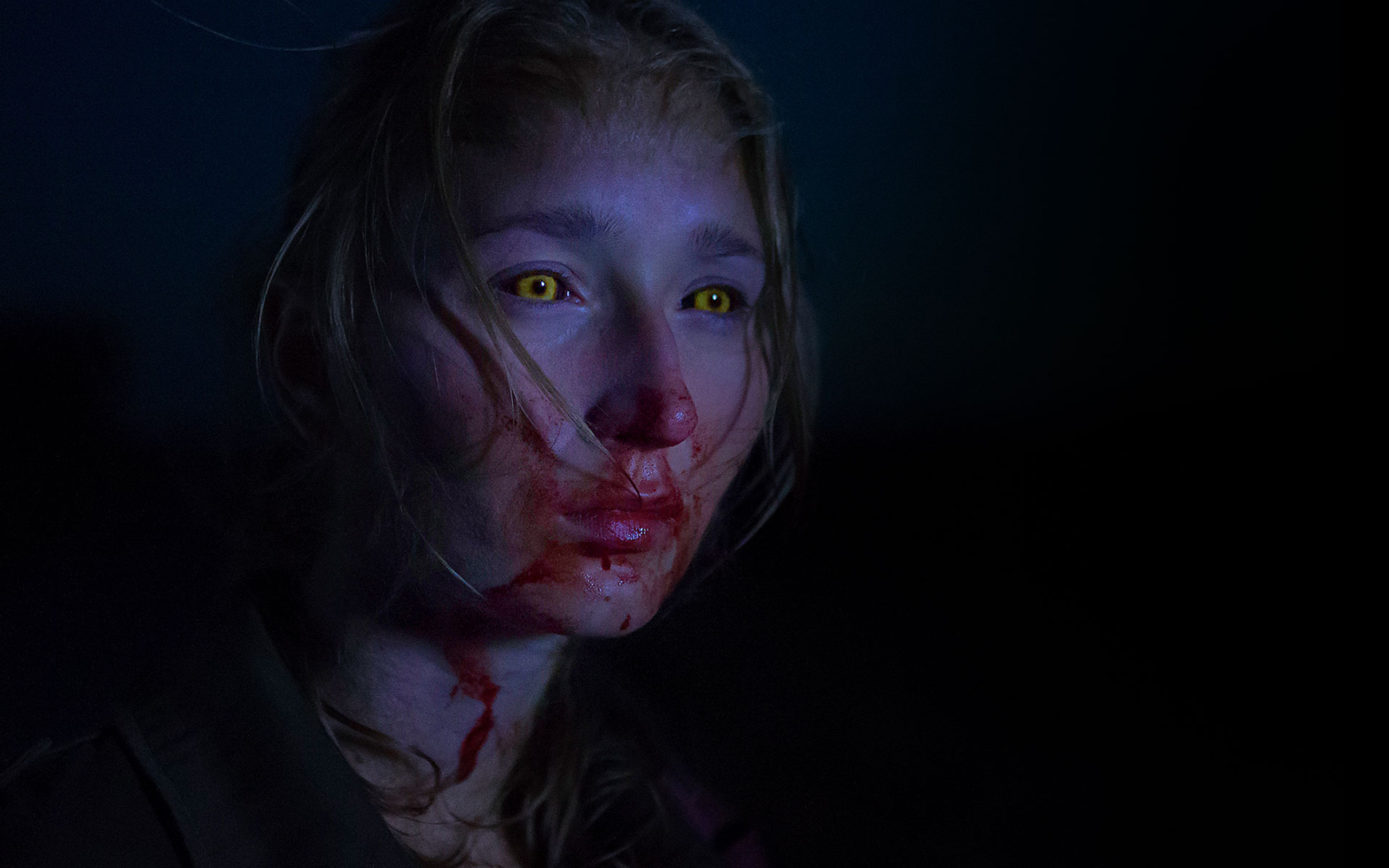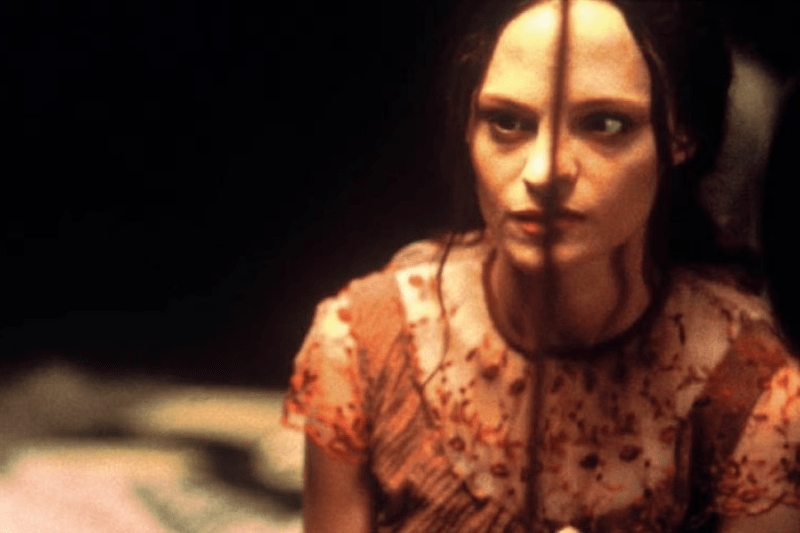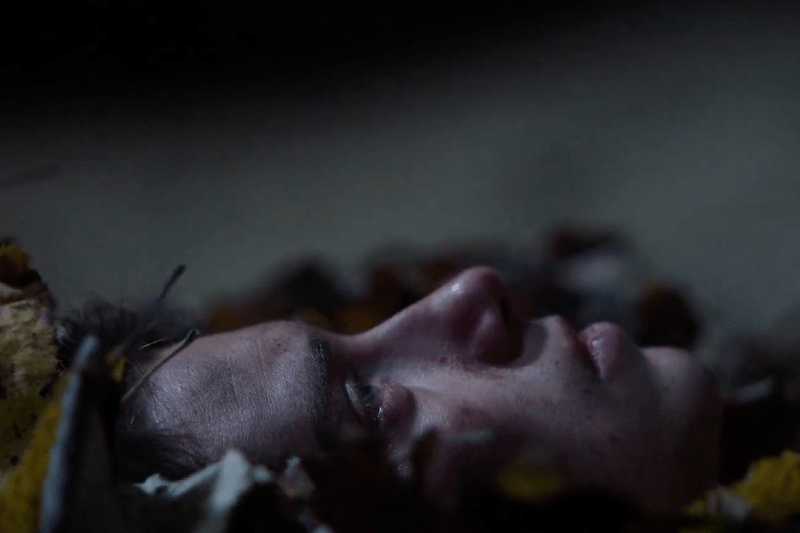Editorials
Teen Wolves Are People Too in ‘When Animals Dream’
December 22nd, 2020 | By Molly Henery

In a genre typically considered “for the guys,” it’s time to give a nod to the ladies. Uterus Horror is a subgenre of horror films that focuses on the uniquely female experience of puberty and the act of coming into their sexuality, using horror elements to emphasize and/or act as a metaphor for that experience. These films are often ignored in theaters, but quickly develop cult followings. Columnist Molly Henery, who named and defined the subgenre, tackles a new film each month and analyzes how it fits into this bloody new corner of horror.
Last month I dove into a telekinetic Uterus Horror film from Norway, Joachim Trier’s Thelma. For December, I decided to explore another foreign film from a country that is just across the water from Norway. When Animals Dream is a stunning creature-adjacent-feature from Denmark about puberty, the changes young women experience, and empowerment. With fangs.
When Animals Dream was initially released in Denmark in 2014 and reached the US in 2015. It was the feature debut of director Jonas Alexander Arnby and was written by Rasmus Birch (Brotherhood), both of whom came up with the concept along with Christoffer Boe (Beast). The plot focuses on 16-year-old Marie (Sonia Suhl), who lives with her father (Lars Mikkelsen) and invalid mother (Sonja Richter) on a small Danish island.
As the film first introduces the audience to Marie, she is already in the early stages of some unique bodily metamorphosis. We watch as she is examined by her doctor for a rash, yet he checks other parts of her body such as her spine and her gums. This strange routine immediately hints that not only is the rash a precursor for something much bigger, but it also tells us the doctor knows what is really going on with Marie. This is only the beginning of many new experiences and changes for Marie.
Marie starts a job at the local fish processing plant and meets a cute boy named Daniel (Jakob Oftebro) the same day. After coming home early from work, Marie sees her father and the doctor speaking in hushed voices and hiding a manila envelope. Marie notices the suspicious behavior between the two men and the knowing glances from her mother, so she steals the envelope. When Marie is alone, she checks on her rash, which seems to only be getting worse, and hair has started to grow from it. This makes Marie both angry and panicked. Her eyes change color and her spine shifts until she is distracted long enough for her anger to dissipate. That same night, Marie is plagued with violent, blood-soaked dreams.
When Marie finally looks at the contents of the stolen envelope, the pieces finally fall into place. Inside she finds crime scene photos of men torn apart, along with hand-written notes which include drawings of a uterus and a woman covered in hair. Marie’s father and the doctor are forced to come clean. The “illness” her mother suffers from is now afflicting Marie, and the only way the doctor knows how to stop it has been to drug her mother, putting the woman in a near-vegetative state. It’s clear these men want to do the same to Marie and keep her inner animal locked away.
Marie rebels from what her father wants and goes out to a party where she encounters Daniel again. As Marie is about to lose her virginity to him, her arousal triggers her transformation, making her more wolf-like. At first, she pulls away from Daniel, ashamed of what she’s becoming, but Daniel loves and accepts Marie as she is.
Throughout When Animals Dream it is never explicitly said what Marie’s condition is, but it’s clearly a form of lycanthropy. This isn’t your typical lunar cycle werewolf. Much like what we saw with Ginger Snaps, the filmmakers opted to take a more scientific approach. The biggest difference here is that Marie’s condition was genetically passed down from her mother. Since Marie is 16, the lycanthropic changes begin around the same time as puberty, and the changes happen more quickly when in a heightened emotional state.
Marie’s transformation isn’t quite as drastic as what we saw with Ginger Snaps, but both are permanent changes unless dulled with the use of drugs. When Animals Dream proves to be another stellar example of how well lycanthropy acts as a metaphor for puberty, especially within teenage girls.
Marie’s decision to be who she is and not take the drugs creates an interesting dynamic between her and the other characters. We see three essentials groups and points of view. The first group is father and doctor. Both clearly believe they’re doing what’s best for Marie, but don’t take into account what she wants. This is especially evident when they sneak into Marie’s room during the night, hold her down, and attempt to forcibly inject her with the same drugs they use on her mother. This doesn’t end well as motherly instinct pushes through the drug-induced haze and Marie’s mother comes to her defense, killing the doctor.
The second group is the Danish fishing village – or, more specifically, a small group of people who seem to be “village elders.” Marie’s father disposes of the doctor’s body, hoping no one will suspect his wife, but unfortunately the villagers are all too aware of her condition. They drown the mother while she’s home alone, barely attempting to make it look like a tragic accident.
This is also a warning to Marie that if she doesn’t conform to what the village wants, if she doesn’t pretend to be “normal,” she’ll meet the same fate as her mother. This only makes Marie flaunt her physical changes for all to see, allowing her hair to continue to grow all over her body and showing off her sharpened, bloody fingernails. The villagers react by treating her like an animal. They chase her down in the night, capture her, and kidnap her away on a boat so they can dispose of her.
The third group is a group of one: Daniel. He truly accepts Marie as she is and wants what’s best for her. He’s the only one to come to her aid when she’s kidnapped, releasing Marie on the boat to exact her revenge on those who planned to murder her. While Daniel may have a small role in the grand scheme of the film, it’s also a vital one.
Marie and Daniel’s relationship exemplifies what could have, and should have, been with Marie’s parents. Her father clearly loved her mother, but he tried to hold back her true nature. Marie’s mother is forced into a life in a wheelchair, unable to care for herself or her daughter, just to appease the village. By having Daniel in Marie’s life, the audience gets to see the importance of embracing every aspect of those you love.
When Animals Dream has everything Uterus Horror fans have come to expect and love of the subgenre. While we’ve seen lycanthropy as a metaphor for young women going through puberty before, the filmmakers still created a unique and compelling film. The fact that Marie’s lycanthropy is genetic is an important aspect that strengthens the idea that puberty, for young women, can be a horrifying experience. There’s an inevitability about the transformation that’s truly terrifying. Marie’s decision to embrace her changes emphasizes being who you were born to be, despite what society dictates. Marie is a compelling character we can root for. She shows us the power behind being true to who you are and surrounding yourself with people who accept you, fur and all.
Visit our Editorials page for more articles like this. Ready to support more original horror criticism? Join the Certified Forgotten Patreon community today.



